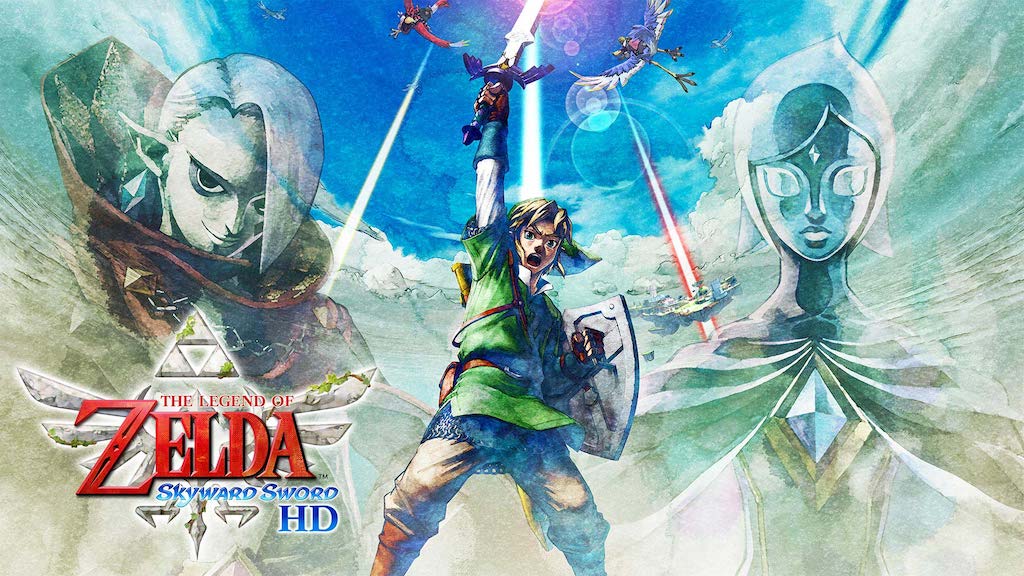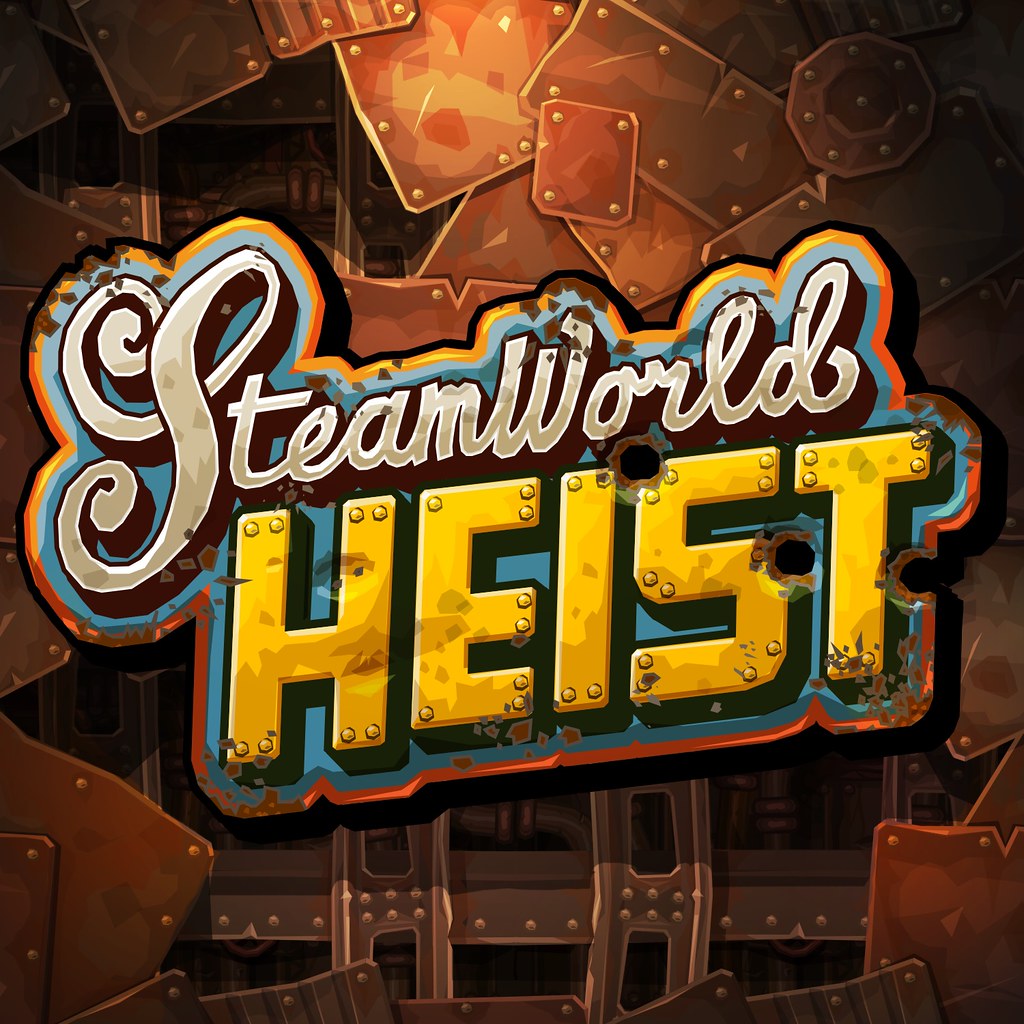Finger snap. Red spread. White vector. Purple link.
Fade to black.
Bubbles burst as navy blooms from the heart of the screen. What have I just clicked on?
Angry waves, like Hokusai’s Great one. Anime rain and a ship raised on the depths. Green now, then brown boots—iconic. I know that pointy hat and straw-fair hair. Though I’ve never been a super-fan—the idea of soaking the tri-force into my skin having not once crossed my mind—even I recognize Link at a bare glance.
Lightning, white. The view is useless again until a mountain appears, egg topped, and something like clarinets pulsing in ascendance. Something… something is tickled inside of me. I…remember…
Words fade in, the mystery is gone, hardly tasting it. The Legend of Zelda: Link’s Awakening.
With bare warning I’m… home. Cut to a screen brand new and all too familiar. I wonder straight away: did I create all this? Was it all a dream? The original came out in 1993 for the Game Boy, and I’m sure I received it not long after. The graphics in that time were blocks of grey on gray. This trailer feels like a daguerreotype colorized. No, more than that. Have you ever watched a black & white film, and been unable to recall if it was color or not afterwards? Or watched a foreign film and remembered it as if it were dubbed? That’s what this feels like.
This is memory reified. Reality tells me the house the trailer opens on was once grey and flat and without meaningful character. But reality is wrong. Yes, yes, it might have been blue. Yes, the wood posts stood chin-high proud with grass-draped silhouettes. Yes, the stalks of grass were green and the leafy bushes glistened in the early sun. Yes there was depth and color and shades and a music that echoed brightly in layers.
2019. So.
Nothing to do but search for more video. An official trailer in tones of cello this time. It shows off a bit more—gone are the anime-like cutscenes, instead favoring a plethora of actual gameplay shots. They’ve managed to conjure forth the experience of the top-down Game Boy age for the modern player. It doesn’t feel contrived, or overdone. It maps, one-to-one, with my memories of this game when I was a kid. It doesn’t just map them, it realizes them. It takes the true nature of my experience and fills into pixels everything my adolescence built invisible. It’s more than a remake—it’s reality, capital T True.
There’s some stuff about building dungeons in this gameplay-vid, but I couldn’t care less. I tried, but was effectively stuck at exactly zero. Others probably like that stuff, but I don’t remember this. It was never a part of the old Zelda I lived. This is not the function of the game as far as I’m concerned.
The function of Link’s Awakening is to make fantasy breathe. It’s to call forth slumbering neurons and set them prostrate before the bellows of Zeus. It’s to face my child’s eye and say, “Yes, yes, you saw truly.”
September twentieth. The Nintendo Switch.
Next I pull up a Kotaku gameplay video from E3. I expect this will dampen things for me. After all, what came before were trailers, the most curated of content, designed by the cynical to draw out nostalgia for those sweet, sweet Millennial dollars.
Yet the gameplay—uninterrupted, even—doesn’t disappoint. It feels like they’ve done nothing to the game so much as expand on the tradition of Link’s Awakening > Link’s Awakening DX > Link’s Awakening Switch. Just as the DX version made few meaningful changes, and otherwise simply complimented the original with its updates, the same can be said (by these early glances) for the Switch version. The text boxes are the same. The enemies regenerate when you exit the screen in the same way. I imagine these are artifacts that are entirely unnecessary in the modern age, yet they remain, a fundamental part of the experience, translated to our late-twenty-teens techno-gamescape.
This is the sort of remake that makes you believe that you’re seeing the intended version of something. Yes, this is what the original designers meant to create had they been unbound by the limitations of their time. That’s what you truly want to see in a remake.
As the gameplay continues, almost halfway through the Kotaku video, I feel like I’m only seeing what I already know. In the first dungeon, I instantly recognize a layout of crystals, bats, and pitfalls from a time I long forgot. Whatever 2-D version was in my memory has been wholly overwritten with ease. The old memories no longer exist.
The question is: Have I lost a piece of my childhood? Or etched it true? Perhaps improved it?
Well, I can only begin to approach an answer to that in one way: play the original.
And there it is. The memories flood back, raw. I see the connection between the stark greys and the colors culled for the remake. The old chiptune plays as I drop into the game. The first thing I notice that wasn’t in the Switch version is the bottom bar where we see our tools at hand. But still, looking at the layout of the house you wake up in, I’m astounded at the attention to detail the Switch devs put into their work. Instead of seeming like a different reality altogether, the original merely feels like a low-res version of the new. It’s not different—it’s the same, just on a different scale.
The box-view shifts are another noticeable change. The original only allowed you to see a screen’s worth of territory at a time. When you moved past the edge, a whole new screen would slide into view. That’s not necessary with today’s consoles, and it hardly matters in the nostalgia factor. My brain filled in the awkward gaps years ago—it’s all the same to me now.
Good god, it feels good to charge up my sword and swirl around in a fury of power, chopping up cabbages as I go. These are the moments I hope will be preserved in the actual gameplay of the new version.
Goodness, I remember the frustration of the pop-ups reminding you that you couldn’t lift thing “with just your bare hands.” They always required more than one tap to get out of. Utterly frustrating and something I hope the Switch version has improved upon.
I remember going to listen to the Ballad of the Wind Fish, over and over. Boredom and curiosity in equal parts drawing me to that square with the digi-voiced sprite. I would sometimes just… listen. I’d play it just to hear those haunting jumps, one 8-bit to the next, each quarter note wafting off the the long-haired girl, shifting left, then right, blissful, oblivious, caught in her music, a perfect metronome of Mnemosyne.
Then I screwed up my save file on the emulator and, well… I think I saw enough.
Edwin’s been gaming as long as he can remember. He’s always been a PC, Sega, and Nintendo guy, but you’ll still find him on a PS or Xbox–but, shh, don’t tell his Genesis!









